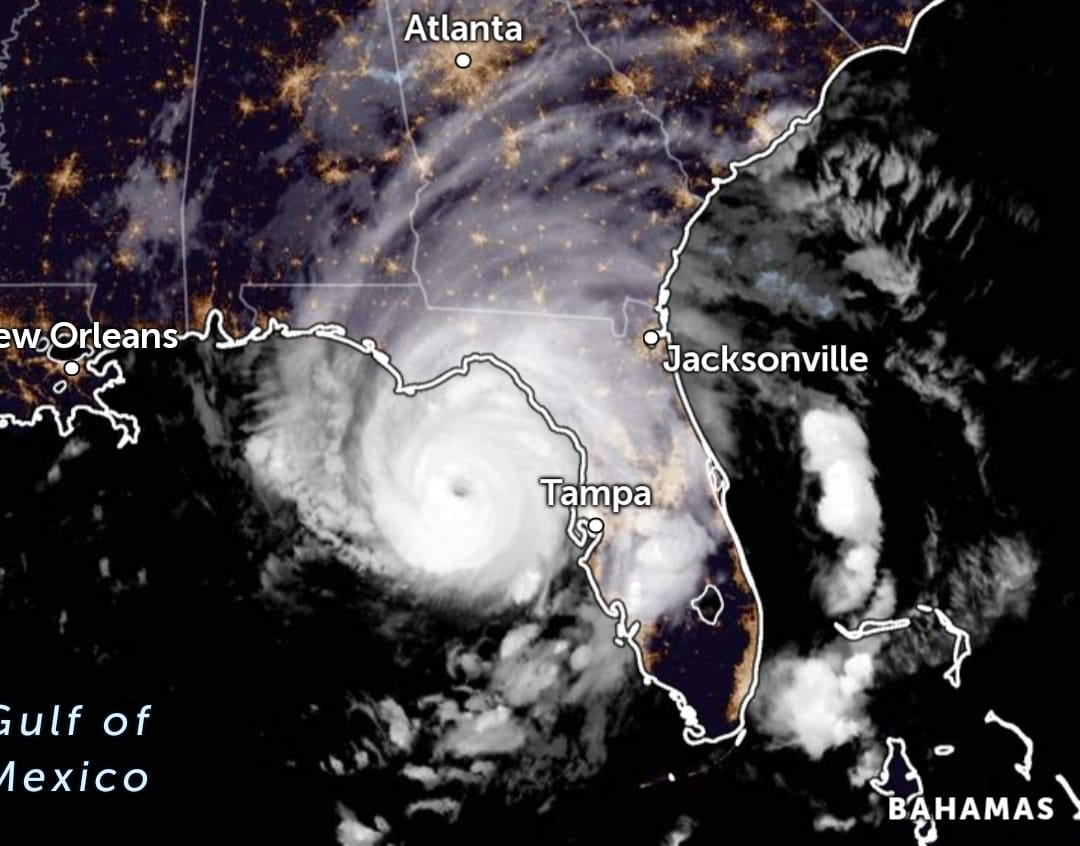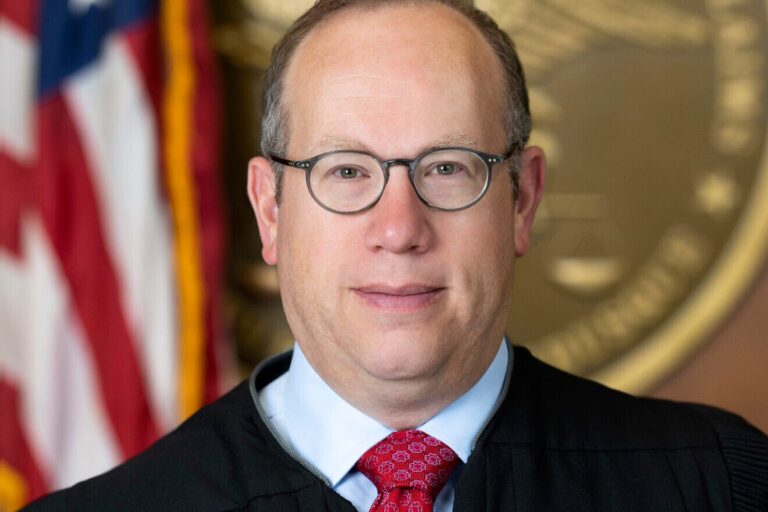Hurricane Idalia made landfall on Florida’s west coast as a dangerous Category 3 storm on Wednesday, threatening to unleash life-threatening storm surges and rainfall.
Idalia came ashore in the lightly populated Big Bend region, where the Florida Panhandle curves into the peninsula. The result could be a big blow to a state still dealing with lingering damage from last year’s Hurricane Ian.
The National Weather Service in Tallahassee called Idalia “an unprecedented event” since no major hurricanes on record have ever passed through the bay abutting the Big Bend.
Florida Gov. Ron DeSantis warned people in the path of Hurricane Idalia to “just hunker down until it gets past you.”
The National Hurricane Center expects storm surge to reach up to 16 feet (5 meters) in some areas of the Big Bend region, DeSantis said Wednesday at a news conference. Northeast Florida already had 11 tornado warnings and there were more possible, he said.
At 7 a.m. EDT Wednesday, Idalia was about 55 miles (90 kilometers) west of Cedar Key and 65 miles (105 kilometers) south of Tallahassee, the National Hurricane Center said. It was moving north at 18 mph (30 kph).
The U.S. Coast Guard is on standby and has pre-positioned 15 aircraft and more than 25 cutters and 20 flood response teams that are prepared to respond in the wake of the storm, Rear Admiral Douglas Schofield said. Crews flew over the western Florida area up to the Big Bend area and made call-outs to mariners to seek shelter. They’re ready to launch aircraft for urgent maritime search and rescue in the Tampa and Big Bend areas as the storm passes, he said.
(AP)












One Response
I was watching various weather tv networks this morning and last night. They really don’t have much to talk about or show when discussing this storm. I saw on TV people swimming in the ocean near Tampa with dry conditions yesterday at 7PM. The storms path is in a very isolated, minimally populated part of Florida. That part of Florida is called the Nature Coasts, with very few beachfront towns or development. As sick as it sounds, there’s just more advertising money and hype in having storms cross huge metropolitan areas like Miami, Tampa, the Atlantic coasts off of Orlando, Houston.